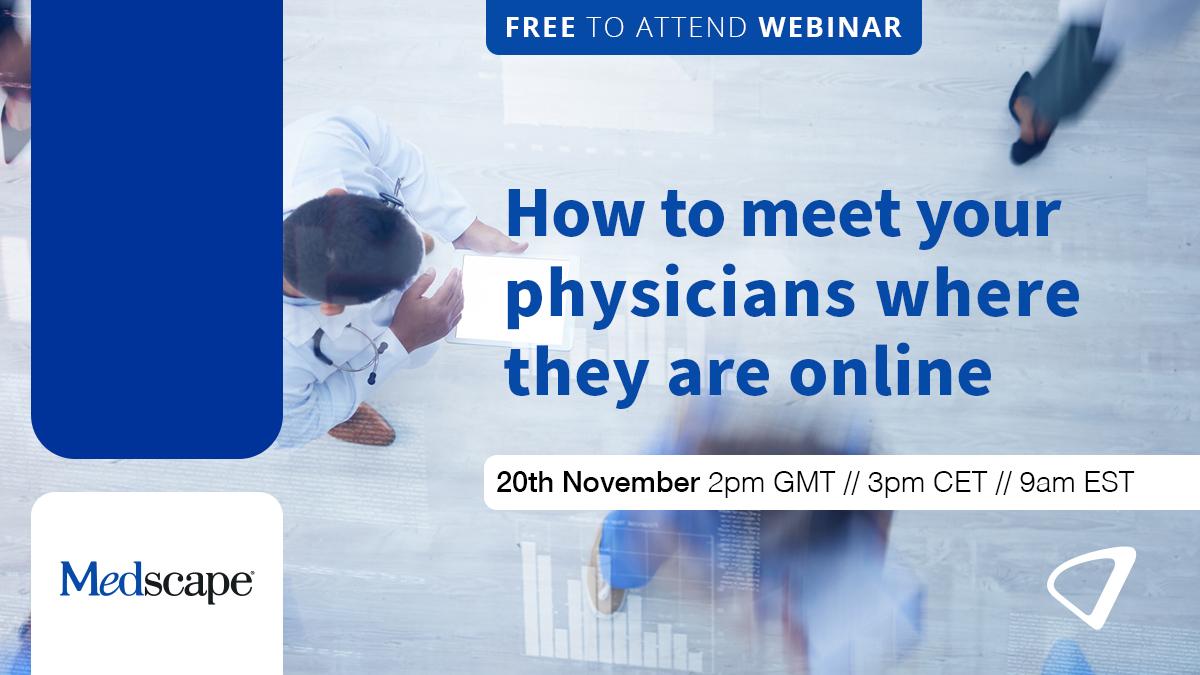Roche gets EU okay for chest pain algorithm

Roche has picked up a CE Mark approval in the EU for an artificial intelligence algorithm that can help doctors decide whether patients presenting with acute chest pain are having a heart attack.
The Chest Pain Triage algorithm, developed in collaboration with Universitätsklinikum Heidelberg in Germany, is part of Roche's navify library of medical algorithms designed to make clinical decision-making faster and more tailored to patients.
Chest pain is the second most common reason for emergency department (ED) visits, according to the pharma and diagnostics company, which says its algorithm will make diagnoses of acute coronary syndromes (ACS) like myocardial infarction and unstable angina quicker and easier.
EDs are often crowded and sometimes noisy, which can make it challenging to diagnose potentially critical conditions like chest pain.
The algorithm draws on the cardiac troponin testing routinely carried out when a patient presents with a suspected MI and ties in with current European Society of Cardiology (ESC) guidance on chest pain triage, said Roche, and can reliably differentiate between cardiac and non-cardiac chest pain.
It uses the standard 'rule-in, rule-out, and observe' approach to triage, taking into account the timing of a blood sample collection, and could reduce unnecessary hospital admissions and associated costs whilst also speeding up treatment for people with ACS.
Matt Sause, who heads up Roche's diagnostics business, said that the launch of Chest Pain Triage underscores Roche's commitment to improving care for cardiovascular disease, one of the world's largest health burdens.
"One of the major challenges in managing chest pain in the emergency department is the length of stay, especially since some patients aren't actually having a heart attack," he commented.
"Our Chest Pain Triage algorithm can help doctors quickly decide who needs urgent cardiac care and who could be discharged sooner. With an early rule-out pathway, we can cut down [ED] visit times by over three hours."
The algorithm is available in Europe, the Middle East, and Asia, with availability in the US expected at a later date, through the navify suite, which launched in 2023 and now spans dozens of digital health algorithms covering applications in oncology, cardiology, and other disciplines like respiratory and infectious diseases.
It serves as a resource that allows clinicians to easily order the medical algorithms they need from Roche as well as other providers.
Image by fernando zhiminaicela from Pixabay












